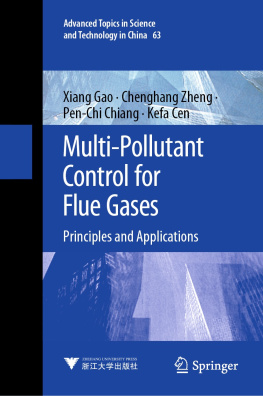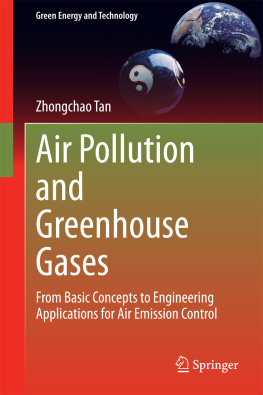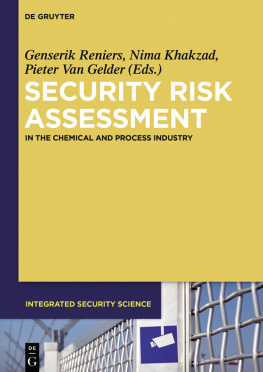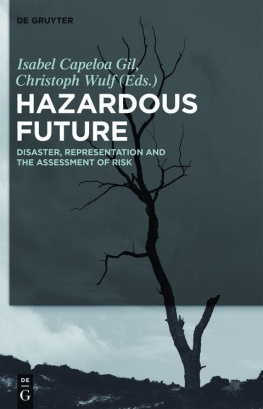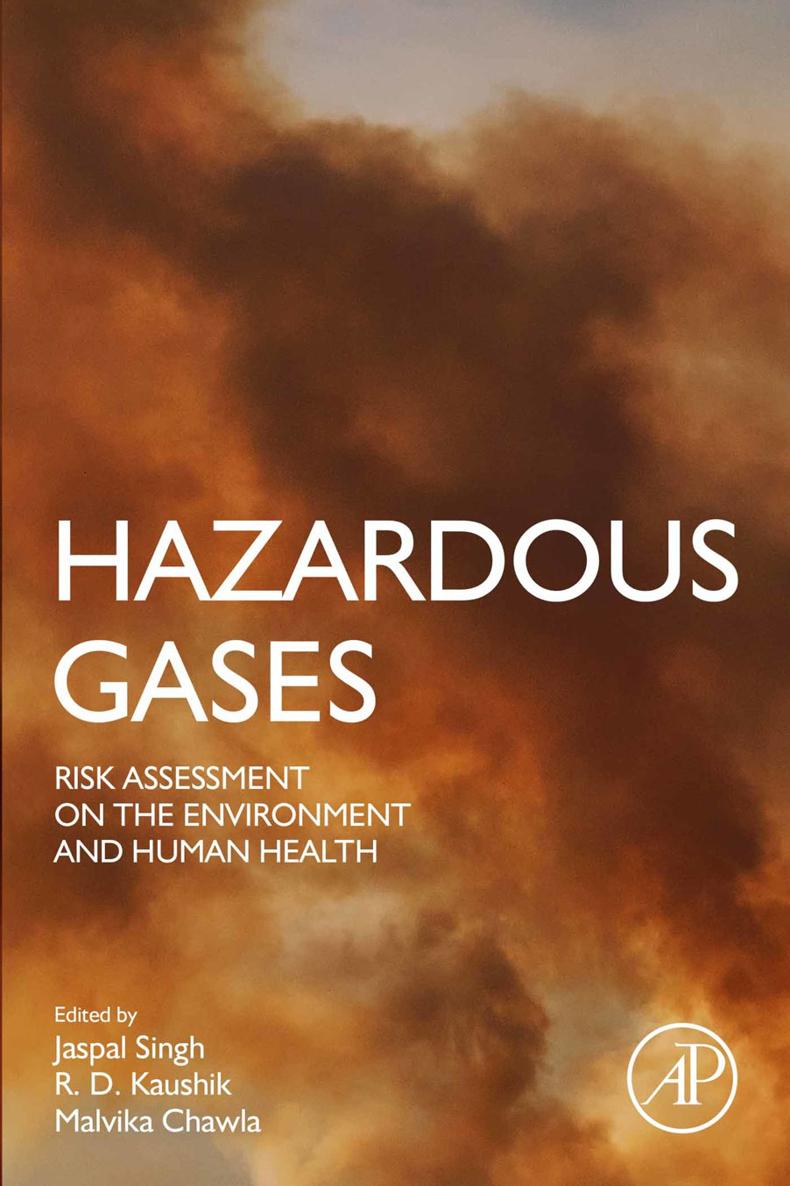Jaspal Singh - Hazardous Gases: Risk Assessment on the Environment and Human Health
Here you can read online Jaspal Singh - Hazardous Gases: Risk Assessment on the Environment and Human Health full text of the book (entire story) in english for free. Download pdf and epub, get meaning, cover and reviews about this ebook. year: 2021, publisher: Academic Press, genre: Romance novel. Description of the work, (preface) as well as reviews are available. Best literature library LitArk.com created for fans of good reading and offers a wide selection of genres:
Romance novel
Science fiction
Adventure
Detective
Science
History
Home and family
Prose
Art
Politics
Computer
Non-fiction
Religion
Business
Children
Humor
Choose a favorite category and find really read worthwhile books. Enjoy immersion in the world of imagination, feel the emotions of the characters or learn something new for yourself, make an fascinating discovery.

- Book:Hazardous Gases: Risk Assessment on the Environment and Human Health
- Author:
- Publisher:Academic Press
- Genre:
- Year:2021
- Rating:5 / 5
- Favourites:Add to favourites
- Your mark:
Hazardous Gases: Risk Assessment on the Environment and Human Health: summary, description and annotation
We offer to read an annotation, description, summary or preface (depends on what the author of the book "Hazardous Gases: Risk Assessment on the Environment and Human Health" wrote himself). If you haven't found the necessary information about the book — write in the comments, we will try to find it.
Hazardous Gases: Risk Assessment on Environment and Human Health examines all relevant routes of exposure, inhalation, skin absorption and ingestion, and control measures of specifics hazardous gases resulting from workplace exposure from industrial processes, traffic fumes, and the degradation of waste materials and how they impacts the health and environment of workers. The book examines the risk assessment and effect of poisonous gases on the environment human health. It also covers necessary emergency guidelines, safety measures, physiological impact, hazard control measures, handling and storage of hazardous gases. Each chapter is formatted to include an introduction, historical background, physicochemical properties, physiological role discussing mechanisms of toxicity, its effect on human health as well as environment, followed by case studies and recent research on toxic gases. Hazardous Gases: Risk Assessment on Environment and Human Health is a helpful resource for academics and researchers in toxicology, occupational health and safety, and environmental sciences as well as those in the field who work to assess and mitigate the impact of toxic gases on the work environment and the health of the workforce.
Jaspal Singh: author's other books
Who wrote Hazardous Gases: Risk Assessment on the Environment and Human Health? Find out the surname, the name of the author of the book and a list of all author's works by series.

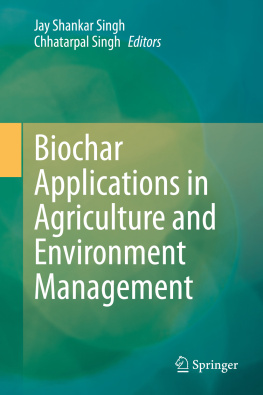


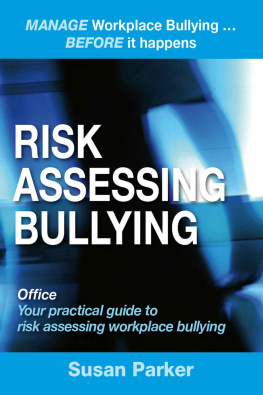
![Lex Fullarton - [T]axing Greenhouse Gases](/uploads/posts/book/299842/thumbs/lex-fullarton-t-axing-greenhouse-gases.jpg)

